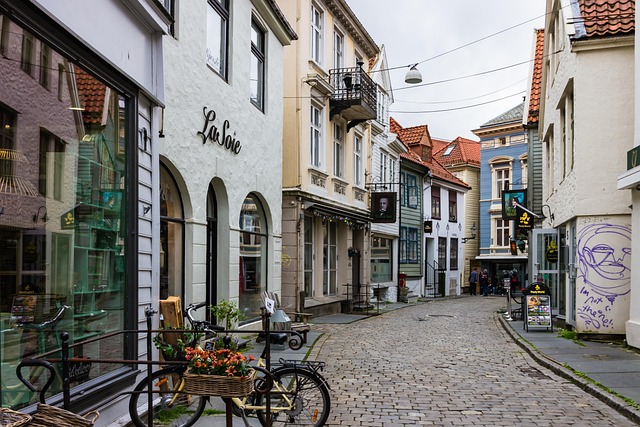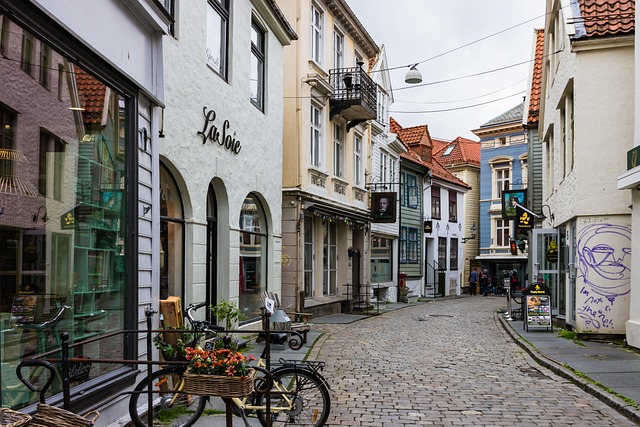Karachi's Stadium Road faces severe traffic congestion during peak hours due to its central location and high vehicle volumes, impacting residents' daily commutes and emergency services. To address this, implementing intelligent transportation systems (ITS), promoting electric vehicles, and enhancing public transport are key strategies for reducing congestion and improving mobility in the vibrant urban landscape of Karachi.
In the bustling metropolis of Karachi, Pakistan’s largest city, understanding and managing traffic flow is paramount. This article delves into the intricate dynamics of Stadium Road, a key artery in the heart of Karachi, grappling with significant traffic congestion. We analyze the patterns, impact, and challenges posed by high vehicle volumes, and explore potential solutions to enhance traffic management. From smart infrastructure to innovative mobility strategies, this piece offers insights into transforming Stadium Road’s traffic landscape for a more efficient future.
- Understanding Traffic Patterns in Karachi's Stadium Road Area
- The Impact and Challenges of High Traffic Volume
- Potential Solutions and Future Developments for Efficient Traffic Management
Understanding Traffic Patterns in Karachi's Stadium Road Area

In the vibrant city of Karachi, understanding traffic patterns is crucial for efficient navigation and urban planning, especially in densely populated areas like Stadium Road. This bustling thoroughfare, a vital part of the city’s landscape, experiences unique traffic dynamics due to its central location and proximity to major attractions. By studying these patterns, authorities can implement effective strategies to manage congestion and enhance overall mobility.
The traffic flow on Stadium Road is significantly influenced by peak hours, with a notable increase in vehicle volume during morning and evening commutes. This area serves as a gateway to various commercial hubs, educational institutions, and recreational facilities, drawing folks from diverse neighborhoods. Moreover, special events at the nearby sports stadium often lead to heightened traffic, requiring dynamic management solutions. Understanding these fluctuations is key to optimizing traffic signals, proposing efficient public transport routes, and potentially introducing innovative mobility options tailored to Karachi’s unique needs.
The Impact and Challenges of High Traffic Volume

In Karachi, one of the primary challenges posed by high traffic volume on Stadium Road is the severe strain it places on existing infrastructure. The road, known for its bustling activity, often experiences heavy congestion during peak hours, leading to prolonged travel times and increased stress on both drivers and vehicles. This issue not only impacts daily commuters but also hampers emergency services’ response times, making it a significant concern for city planners and residents alike.
The high traffic volume on Stadium Road brings about several other challenges. Air pollution levels rise with the increase in vehicle emissions, negatively affecting the city’s overall environmental quality. Additionally, the constant noise from traffic contributes to noise pollution, impacting nearby residential areas. Moreover, the wear and tear of road surfaces accelerate due to frequent heavy vehicles, necessitating regular maintenance and repairs, which can be costly for the local administration.
Potential Solutions and Future Developments for Efficient Traffic Management

To mitigate the traffic congestion on Stadium Road in Karachi, several potential solutions can be explored. Implementing intelligent transportation systems (ITS) is a game-changer; these systems use real-time data to optimize traffic flow and reduce delays. For instance, adaptive traffic signal control can adjust signal timings based on vehicle density, easing bottlenecks during peak hours. Additionally, the installation of smart sensors and cameras can monitor road usage, providing valuable insights for efficient traffic management.
Future developments should focus on technology integration and infrastructure upgrades. Expanding the use of electric vehicles (EVs) through incentives and charging stations along Stadium Road can reduce pollution and congestion. Furthermore, constructing alternative routes and improving public transportation services will encourage less reliance on private vehicles. These multifaceted approaches can lead to a more fluid traffic experience for Karachi residents.
The dense traffic on Stadium Road in Karachi highlights the need for comprehensive traffic management solutions. By understanding the unique patterns and challenges, we can implement effective strategies that alleviate congestion and enhance the overall mobility experience. Integrating innovative technologies and thoughtful urban planning is crucial to ensuring a smoother future for this bustling metropolis, making Karachi a model city for efficient traffic flow.

Leave a Reply